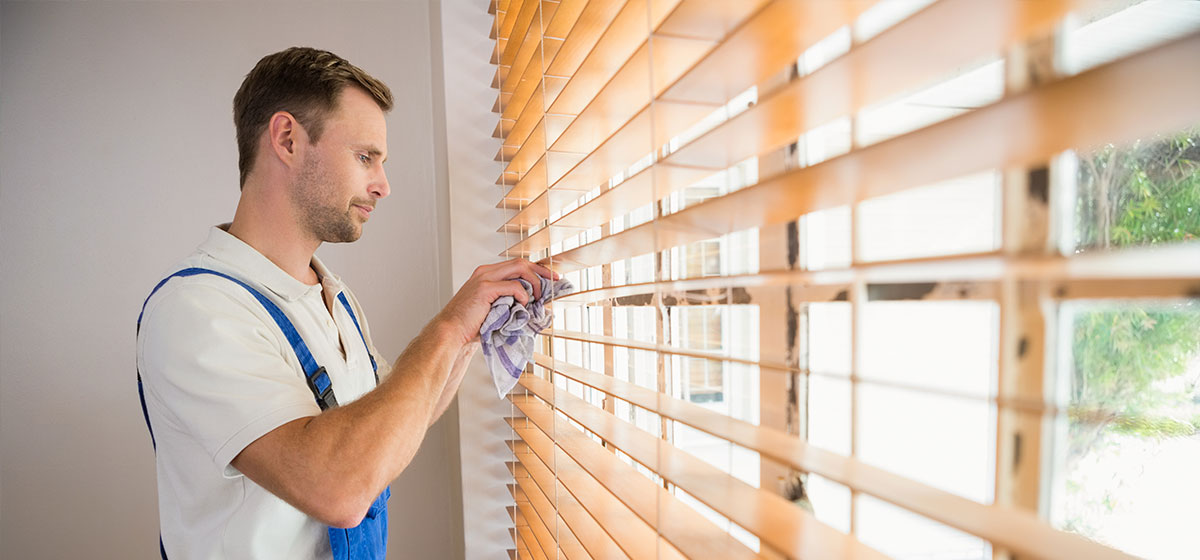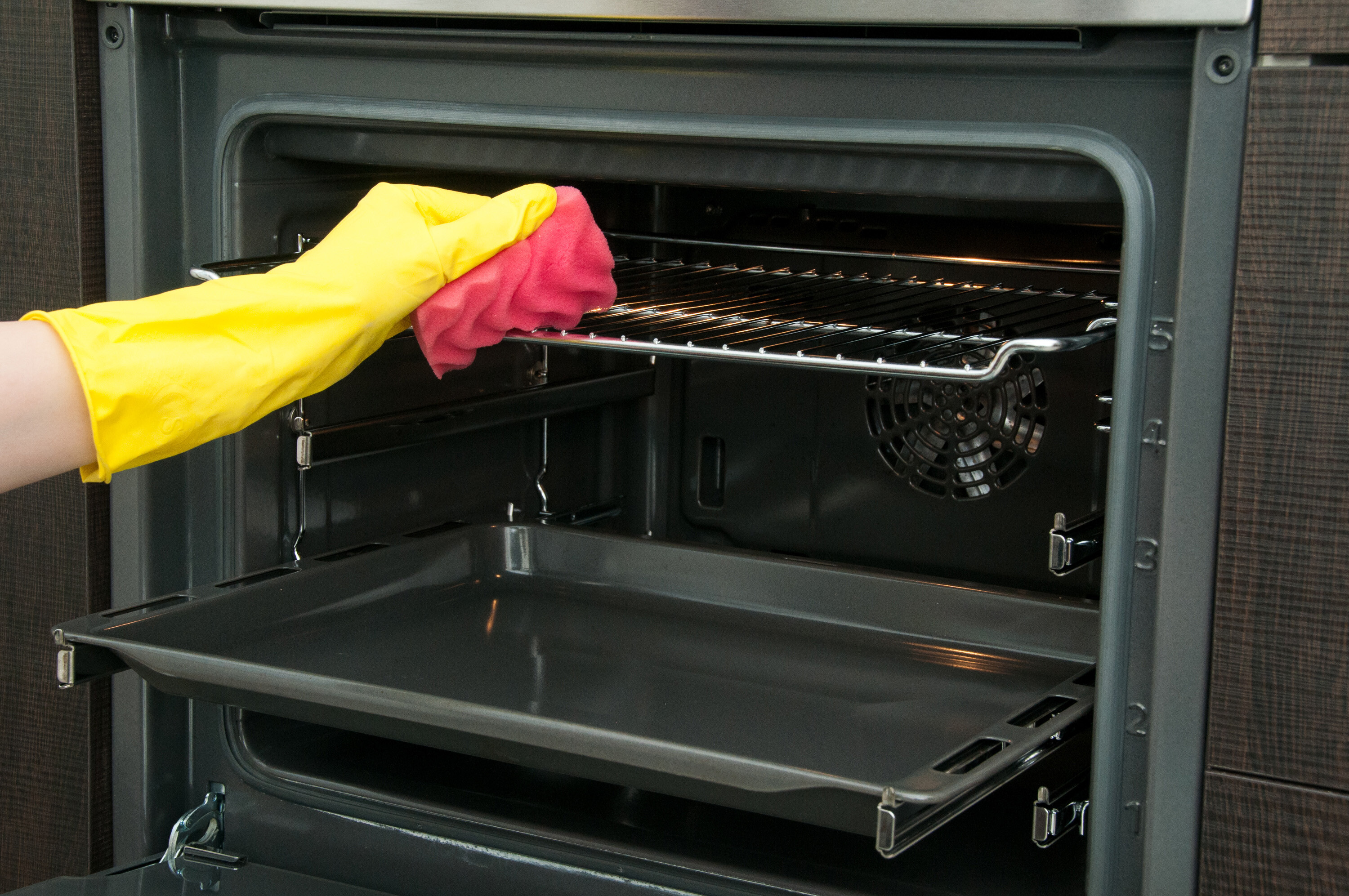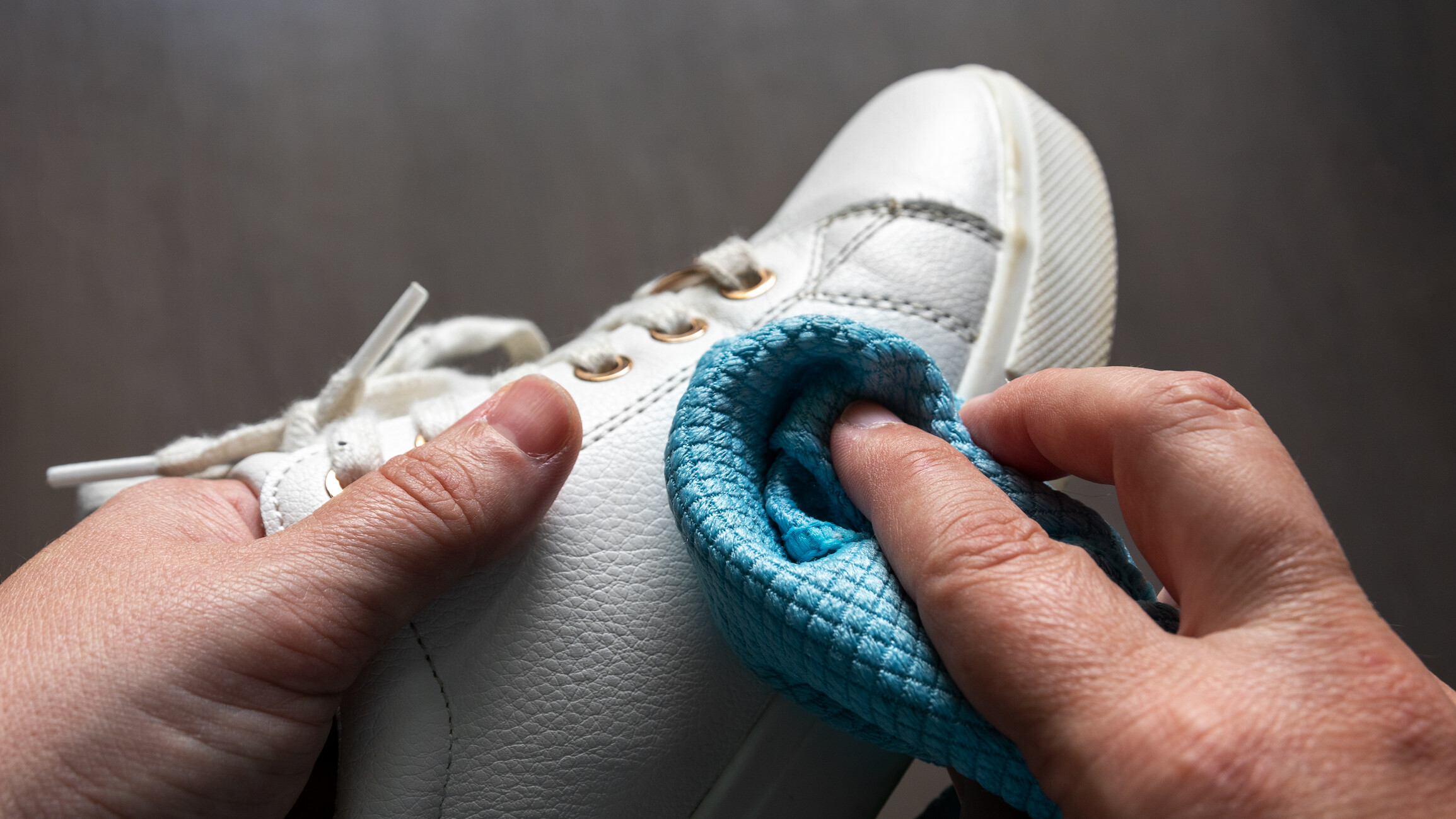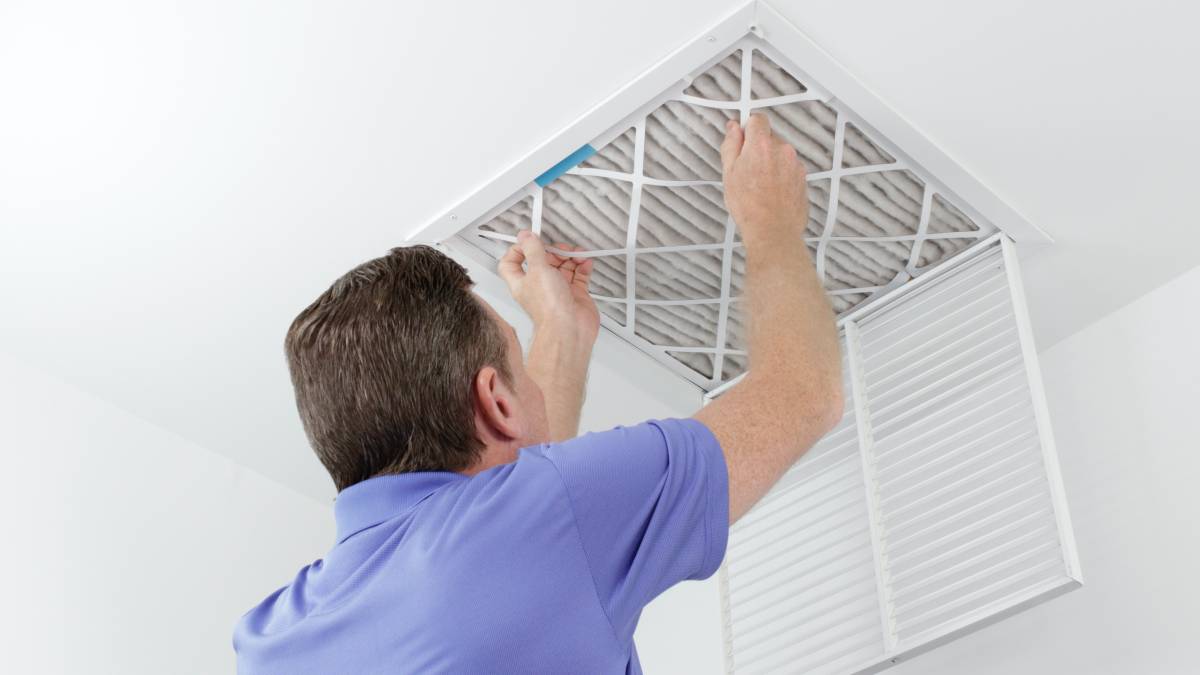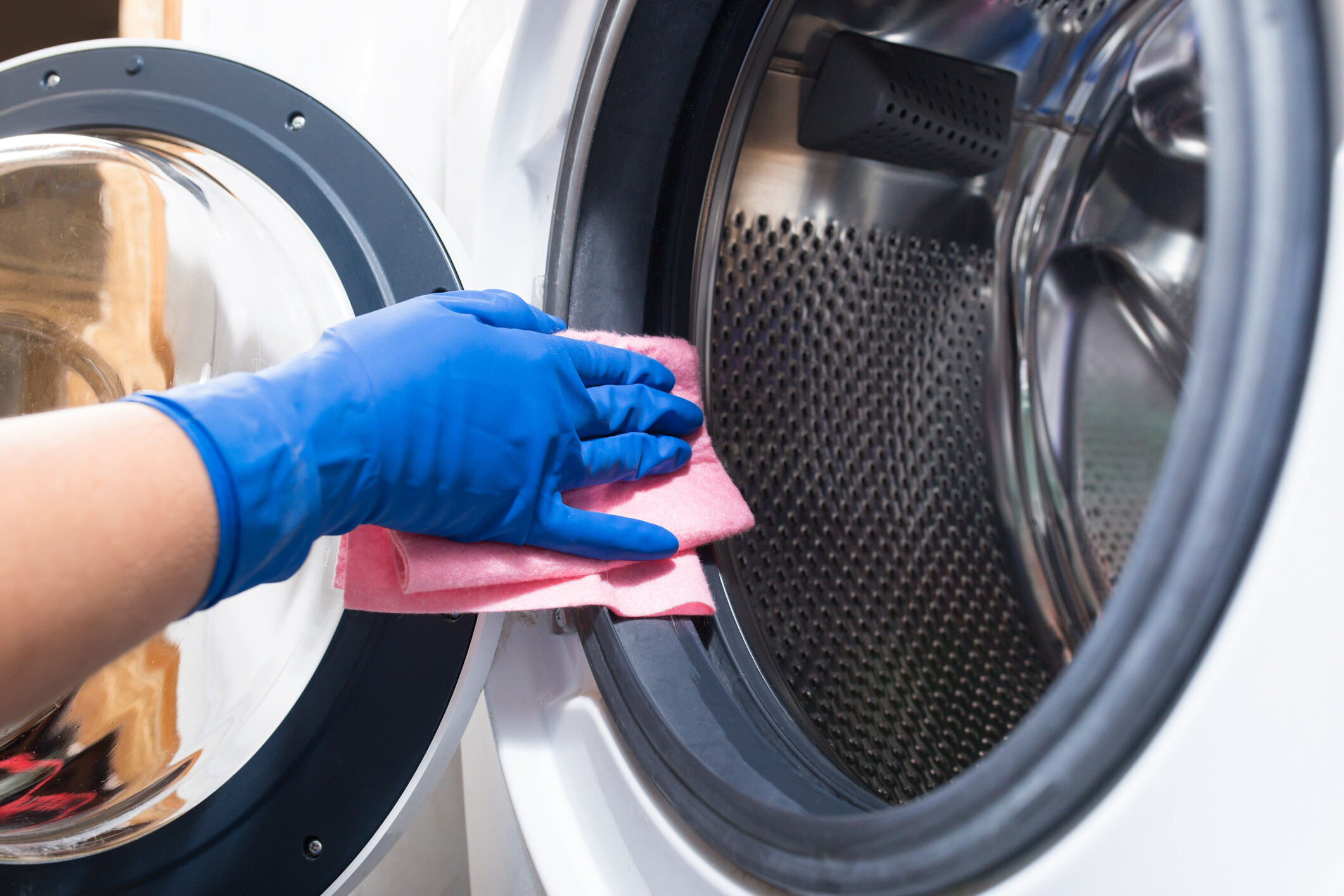
How to clean a washing machine the easy way
Cleaning your washing machine at home like a pro
Get washing machine cleaning quotesLast Updated on
If you fail to learn how to clean a washing machine, you’ll be exposed to germs, awful smells, mould and bacteria.
Why do washing machines get so dirty?
Fabric softeners and laundry detergents cling to the inside of the washing machine, and with the hot and humid Australian weather, mould and mildew grow fast.
Also, your washer collects bits of dirt after every wash and most of the dirt and grime sticks to the rubber corners of the seals. The seal stays moist, and any dirt that stays there develops mould. Don’t wait for bad smells or stains on your clothes due to mould build up to know its time to clean your washer.
To keep your washer in optimal levels, we are going to share some tips on how to clean your washing machine.
Start with the Door Seals and Gaskets First
Take some towels and soak them in white vinegar or hydrogen peroxide and place them on the gasket cavities. Leave the sheets for about an hour for the white vinegar or hydrogen peroxide to loosen up the grease or mould and disinfect the area. Wipe the gaskets and the doors seals and use a toothbrush to remove any residue.
Rinse Off
Once the gasket is clean, add water and set the washer to the extended cycle, largest load and hottest setting.
Fill the Drum or Detergent Drawer with Baking Soda and Vinegar
Add one litre of vinegar and half a cup of baking soda. You can use either chlorine bleach, enzyme detergent, citric acid, hydrogen peroxide or oxygen bleach in place of vinegar and baking soda.
If you’re cleaning a front-loader, empty the vinegar to the detergent drawer and baking soda to the softener drawer, and start the wash cycle.
If you have a top-loader, allow the water to run for a few minutes before adding the vinegar and baking soda. Keep the machine going for about a minute to mix the two ingredients and then stop the washing cycle for an hour. Complete the washing cycle after an hour of soaking.
Keep the Washing Cycle Going
Clean the outside of the washing machine with a soft cloth soaked in vinegar as the washing cycle continues.
Run a Second Hot Water Cycle
Run a second cycle, but this time with hot water. Hot water and a dash of vinegar loosen up any leftover residue.
Once the cycle ends, leave the door open to allow the drum to dry to prevent any formation of mildew.
Clean All the Parts
This part is optional but why would you leave the other parts dirty? Clean the entire device while you’re at it!
Take one of the towels soaked in vinegar and clean the inside of the lid. Grab a toothbrush and get into those hard to reach places like the crannies and nooks. Don’t forget the top edges and the tub’s rim. If you’re cleaning a top loading washing machine, clean the agitator as well.
Finally, use a damp cloth to wipe the outside of the machine to get it sparkling on the outside as it is on the inside.
Five Different Methods and Ingredients to Clean a Washing machine
Baking Soda and Vinegar
These two are the most widely used ingredients for cleaning a washing machine at home. For this process, you only need one litre of vinegar and half a cup of baking soda, and the water set at 90 ºC on a long washing cycle.
Baking soda and vinegar remove any limescale to keep your washer smelling clean and fresh.
The only downside for these two ingredients is the mixture is mild and will not eliminate all the mould. You need stronger cleaning ingredients if your washing machine is filthy from washing soiled clothes.
Enzyme Detergent and Oxygen Bleach
Choose powdered enzyme detergent over the liquid variety and get the one with the most grease eating enzymes. With the water set at 90 ºC, add the two and select the largest load option. The enzyme detergent and oxygen bleach remove any sticky residue and leave the inside of your washing machine sparkling clean.
Citric Acid
Citric acid is a natural and powerful cleaning agent for removing soap scum, limescale, bad smells and any build up inside the washer.
Mix one cup of citric acid with half a cup of baking soda and set the water temperature at 90 ºC.
Hydrogen Peroxide
This chemical is a powerful washing machine cleaning ingredient for eradicating mould, limescale, bacteria and viruses.
Add one litre of hydrogen peroxide to water set at 90 ºC on a long wash cycle. Allow it to soak for about three hours for the best results.
You’ll need to run this process a couple of times for front loading washing machines.
Chlorine Bleach
This is the best cleaning agent for bad odour, but you can only use it with cold or warm water set at 40 0C Celsius.
Observe caution when using chlorine bleach because it can penetrate porous surfaces such as porcelain or plastic inner drums of your washer. Chlorine bleach also fails to eliminate limescale and mould.
How To Clean the Other Parts of a Washing Machine
Cleaning the Tub Rims
Using a towel soaked in white vinegar or hydrogen peroxide, clean the opening of the washing machine especially between the top edges and the rub rim. Make sure that you get into those hard to reach areas.
Cleaning the Detergent Drawer
For a front-loading machine, remove the detergent drawer and soak it in hot water. Use a toothbrush to remove any mould or residue. Rinse the drawer and let it dry before you put it back. Don’t forget to clean the area where the detergent drawer sits as it can have mould and residue. The manual has instruction for removing the detergent drawer.
Cleaning the Filter
Cleaning the drum and other parts of the washing machine eradicates bad odour; but to keep the washer in good condition, you need to clean the filter.
If you have a front-loading machine, the filter door is at the front and bottom of the washing machine. For a top loader, the filter is inside the fabric softener drawer.
Once you get to the filter of the front loader, place a towel under the door and put a shallow dish on top to collect the water. Unscrew the filter cap and allow the water to collect into the bowl.
You can completely remove the filter to get rid of any items that you find.
Soak the filter in soapy water and remove any residue using a toothbrush.
How to Keep Your Washing Machine Clean and Fresh
A clean washing machine smells excellent, and your clothes do too. If your machine has an odour, it means that you’ve allowed residue to build up in the inside. Here’s how to keep your washer clean and fresh:
Go easy on the detergent. Putting excess detergent inside the washer leads to build up. Check your packaging for dosing guides.
Do not put soiled clothing inside the machine, rinse them off to get rid of the excess dirt.
Minimise the build-up of limescale by using the tablets in your machine or a water softener connected to your in-flow pipe.
Leave the door open after every washing cycle for the drum to dry out; this is a simple way to prevent mould growth. If you’re using a front-loading washing machine, leave the detergent drawer open as well.
Run an empty hot wash at least twice a month to get rid of any hidden build-up.
If your washing machine is in a dire state, you might not be able to get all the dirt, mould and residue out in the first time. You may need to clean the washer up to six times at home to get the desired results. For many, this is too much work, and it’s time to let the professional cleaners handle it. A professional cleaner will give your washer the tender, love and care that it deserves.
FAQs About How to Clean a Washing Machine
You can use cold water, but you won’t get the best results. Hot water breaks down the soapy residue inside the washer and also kills bacteria and germs.
White vinegar is safe for use, but you need to be cautious when cleaning around the rubber seals on the door. Don’t use strong vinegar for seals made from Buna-N or polyacrylate because it weakens them.
Don’t use vinegar and bleach at the same time because the two chemicals create a noxious gas. You need to remove any traces of bleach before adding vinegar and baking soda by running a full rinse cycle.
Find cleaners, fast
Find a cleaner
Related guides
Related price guides

How much does a Tile Cleaner cost?
Read more

How much does Mould Removal cost?
Read more
